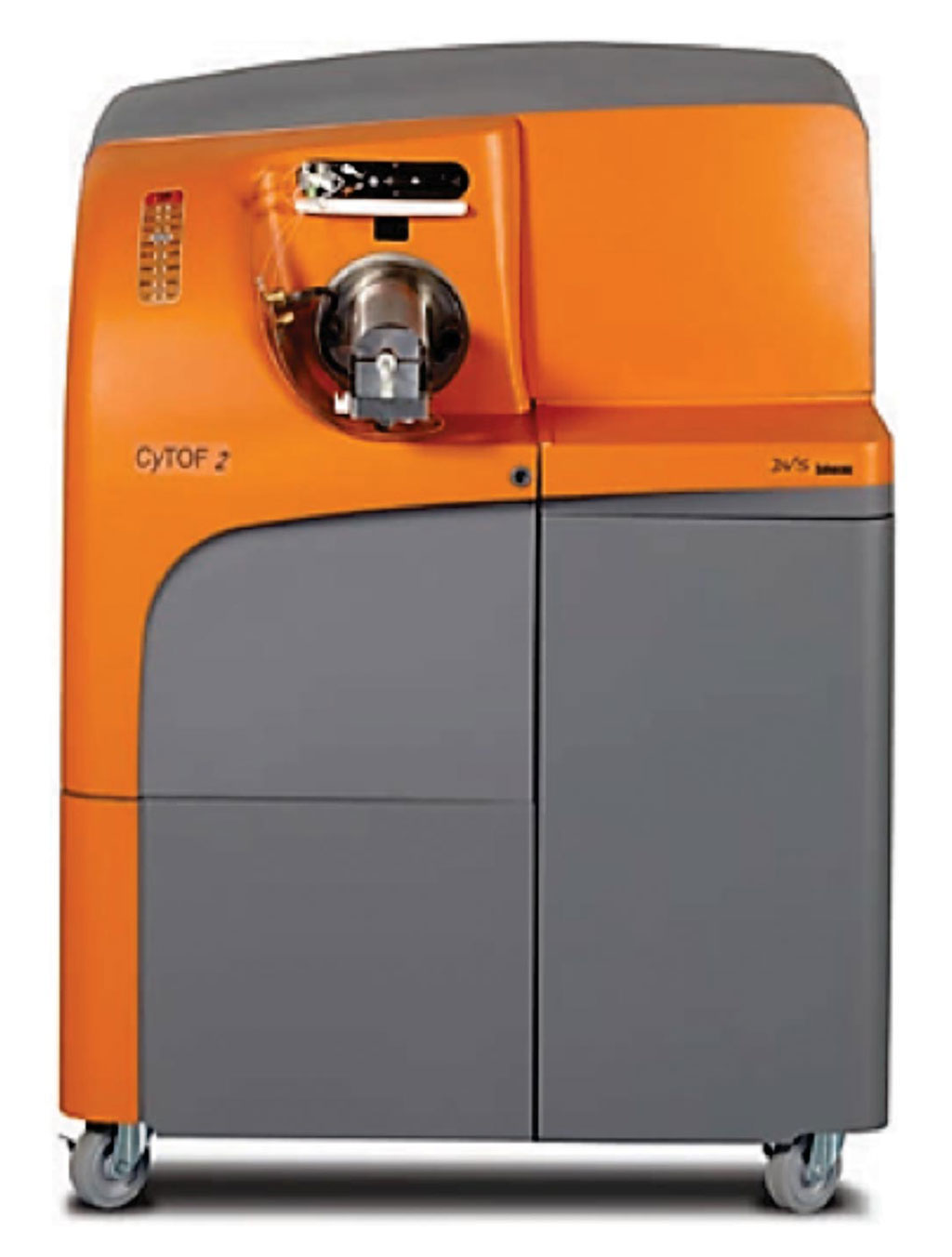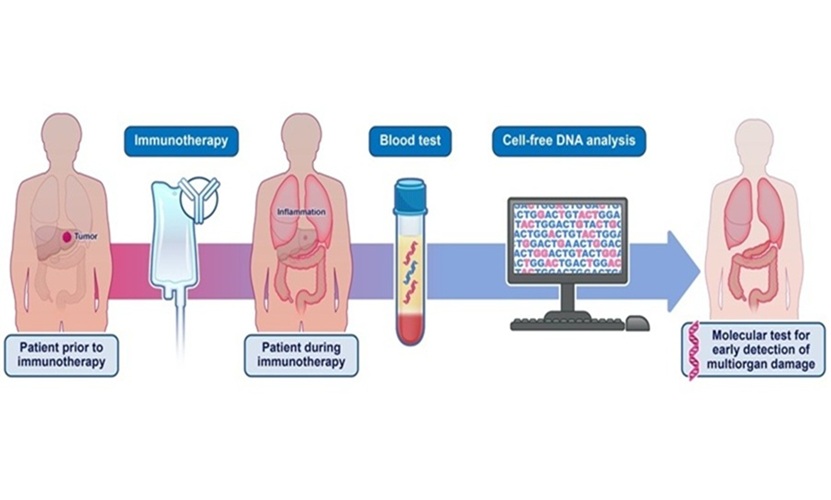Adaptive Immune Cells in Ulcerative Colitis Revealed by Single-Cell Analyses
By LabMedica International staff writers
Posted on 01 Sep 2020
Inflammatory bowel disease encompasses a spectrum of complex intestinal disorders characterized by dysregulated innate and adaptive immune responses to gut microbiota in genetically susceptible hosts. Posted on 01 Sep 2020
Inflammatory bowel disease (IBD) is typically categorized as Crohn’s disease or ulcerative colitis (UC) on the basis of anatomic, clinical, and histopathologic criteria. Dysregulated human gut B and T lymphocytes contribute to the immunopathogenesis of UC, a type of IBD characterized by mucosal damage in the colon.

Image: Mass cytometry by time of flight uses CyTOF technology to enable deep profiling of translational and clinical samples across a range of cell surface and intracellular markers (Photo courtesy of University of Virginia).
A large team of medical scientists led by those at the University of California at San Diego (La Jolla, CA, USA) obtained intestinal biopsies and peripheral blood from patients undergoing colonoscopy at their facilities. Cells were recovered, washed, filtered, and used for mass cytometry by time of flight (CyTOF, Fluidigm, South San Francisco, CA, USA) or labeled with anti-human CD45 for sorting. CD45+ immune cells were sorted on a FACSAria II (BD Biosciences, San Jose, CA, USA). Intestinal biopsies were mechanically dissociated, then placed into a digestion mixture, filtered, and stained with anti-human CD45. CD45+ immune cells were sorted on a FACSAria II. About 20,000 sorted CD45+ cells were loaded and partitioned into Gel Bead In-Emulsions. Single-cell RNA (scRNA) libraries were sequenced on a HiSeq 4000 (Illumina, San Jose, CA, USA).
The investigators found a suite of ulcerative colitis-related immune cell shifts and clonal relationships, from clonal B cell receptor clonotype clusters and an uptick in plasma cells expressing immunoglobulin G1 to a rise in ZEB2 transcription factor-expressing regulatory T cells in colon tissue. The resulting single-cell sequencing resource revealed heterogeneity among tissue-resident memory T cells (TRM) in UC, including expansion of an inflammatory CD8+ TRM subset expressing the Eomesodermin transcription factor.
The team also flagged informative transcriptional features in CD8+ tissue-resident memory T cells typically tasked with buffeting bacterial infections, defining a handful of transcriptionally distinct clusters of the cells in colon tissue that differed from healthy tissue to tissue affected by ulcerative colitis, including a cluster with more inflamed versions of the CD8+ tissue-resident T cells.
The authors concluded that their study identified alterations in immune cell types and clonal relationships that occur in the context of disease, including plasma cells, Treg cells, γδ T cells, and CD8+ TRM cells, and will enable other investigators to identify additional UC-associated changes in a cell type– and tissue-specific manner for further study. The study was published on August 21, 2020 in the journal Science Immunology.
Related links:
University of California at San Diego
Fluidigm
BD Biosciences
Illumina














